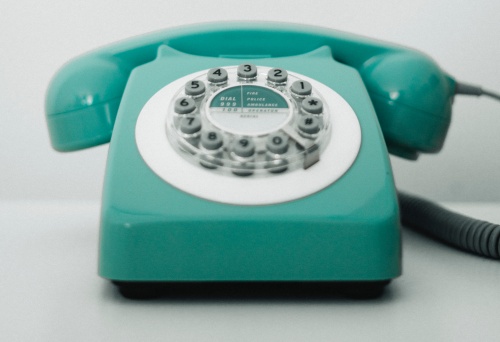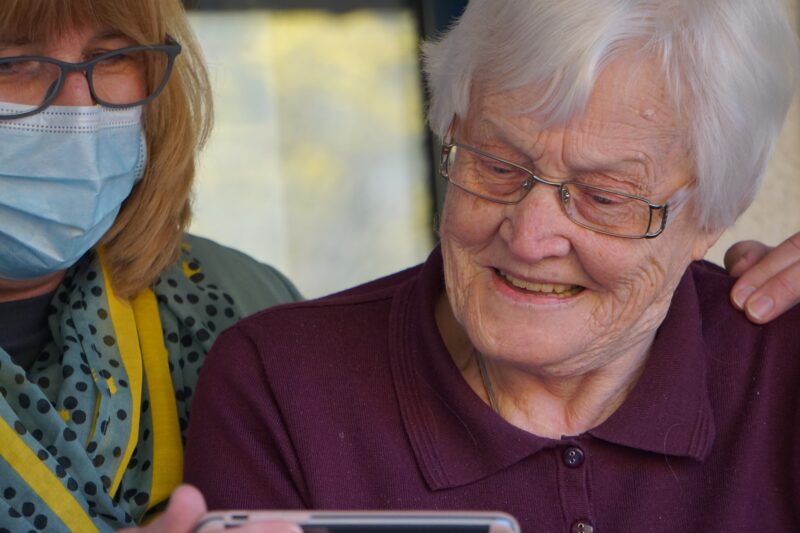Just fifty years ago there was no way to “go see a doctor” without going down to his office and seeing him face-to-face. Today healthcare depends more and more on communication technology to unite patients with their doctors. Home healthcare workers, too, use assistive technology to bring professional care into the homes of patients in need.
Photography came into the medical field in the mid 18oo’s. It was first used to document shapes of bones and teeth but became more regularly used to record the effects of diseases. Using the photos of people with known diseases and symptoms, a doctor could diagnose another patient who exhibited the same symptoms.
B y the 1920’s the telephone became a more direct way for patients to communicate with their doctors across a long distance. This was important in isolated communities where an experienced physician or surgeon was hard to find. As telephones became more of a household item, it was increasingly common for homebound or chronically ill patients to contact their doctor by phone rather than in-person.
y the 1920’s the telephone became a more direct way for patients to communicate with their doctors across a long distance. This was important in isolated communities where an experienced physician or surgeon was hard to find. As telephones became more of a household item, it was increasingly common for homebound or chronically ill patients to contact their doctor by phone rather than in-person.
Since the 2000’s the meteoric rise in internet connectivity has made it possible for people to reach their doctor through the web with an email or live chat. Computer use has become a daily activity for most Americans and modern healthc are is dependent upon computer technology.
are is dependent upon computer technology.
Video cameras became available to the public in the 1970’s. Generally speaking, video was not a regular means by which people reached out to their doctors. Prior to the Coronavirus pandemic live video medical visits were only used for people in isolated areas who needed a specialist. Now, most Americans are seeing their doctors through a real-time video on a personal computer, smartphone or tablet.
Today, we use all these means of communication to make sure you have the hands-on care that you are looking for. Nothing beats the comfort and confidence of having a knowledgeable professional helping you at home. That’s why we don’t stop at being “digital”, we give you actual care, person-to-person.

